These are unprecedented times for Legacy players. This is the third set review I’m doing in less than two months (roughly every other week since Dominaria). On some level, this is exciting since it means there are a lot of new, potentially interesting cards to think about. On the other, it is both exhausting and difficult to keep up with. I have gone on the record and said that I like when sets such as Modern Horizons 2 come out because injecting new cards into the ecosystem is something I think Legacy really needed. That said, to do so every two weeks for a few months is a bit overwhelming. I’m a fairly enfranchised player: I play frequently, I keep up with set announcements, I review just about every set that comes out. Still, I can’t keep up with these sets getting released at this rate and frequently have the experience of not knowing what some cards even are. Regardless, this is a new set that has Legacy implications so it is important to review, but I do still find it overwhelming (an opinion that I don’t think is unique to me).
Let’s take a moment to chat about Unfinity before I get into the cards. I love Un sets. I think they’re very fun and lead to some genuinely hilarious situations. I drafted Unstable a lot and had a great time with my friends every time. That being said, I think it’s a bit weird to inject that into Magic proper. I understand it from the perspective of wanting the cards to be legal in Commander, but this way of doing it is pretty weird, especially since the acorn vs. non-acorn distinction is also pretty odd. In terms of flavor, I don’t think Unfinity is something that can’t exist in Magic proper, especially with Universes Beyond promising some more off-the-wall inclusions (although this has sparked a conversation amongst my friends about how this set doesn’t really feel uniquely Un, since they have done a lot of wacky things in general recently, but that’s beyond the scope of this article). While I do still think it’s a weird choice, it’s not that big of a deal since, at the end of the day, these are just sillier Magic cards, most of which won’t have an impact.
As for this set review, I won’t be doing a Top 8, although I will continue that structure going forward. This set isn’t really built for that type of structure and the roster of playable cards isn’t really deep enough to justify it.
There are two somewhat complicated mechanics that I need to go over before I get into the cards: Stickers and Attractions. I’ll review the relevant Attractions and enablers in the mechanics overview, and then we’ll jump into the rest of the set.
There is a lot of information to be covered with stickers, since it is fairly novel territory for Magic. Emma Partlow did a great summary of the mechanic here. Essentially, cards will allow you the opportunity to apply stickers to one of your nonland permanents, thus permanently changing its characteristics in some way over the course of a game. This can be either through a name sticker, an art sticker, an ability sticker (which costs tickets) or a power/toughness sticker (which also costs tickets). Each sticker sheet contains those four types of stickers and provides different effects. Tickets are a resource, much like energy from Kaladesh, that need to be gained from other cards and must be spent in order to change abilities or power/toughness. In constructed, you must bring 10 unique sticker sheets for a given event (it’s unclear to me if these need to be registered on your deck list, but I would probably do so unless told otherwise), and then for each match you you will randomly select three from those 10 for each game, thus making it fairly random. Overall, there are not many of these that I think are relevant, but if it can be relevant at all, I thought it would be worth covering.
Again, Emma did a great job covering the basics here. For these, you will bring a separate deck that consists of 10 unique attractions. Then, when you play a card that visits an attraction, you draw one at random and put it into play. At the beginning of your first main phase, you roll a dice (d6) and if it lands on one of the highlighted numbers on the card, its effect occurs. It is an artifact, so artifact destruction works against it. This has similarities to effects such as the monarchy or the initiative, which can be very powerful. However, it is significantly more random than those and the cards that open attractions need to be strong enough to see play, which isn’t the case for most of them.
Here are some of the better Attractions that can be played.
Haunted House
While this doesn’t get the creature back forever, even doing so for a single turn can be really powerful.
Information Booth
Drawing a card is one of the most powerful additional effects you can have, so if there’s an Attraction deck this seems like a shoe-in.
Storybook Ride
Casting spells off of the top is frequently comparable to drawing a card (this will always hit one if the effect occurs), so this seems like one of the better effects to have.
Those are the ones that stand out as the most powerful and the rest tend to have more narrow effects (such as bouncing a creature or pumping you creatures). Honestly, considering the relative power level of these cards and the fact that even finding the desired card doesn’t always yield the effect, I don’t think this mechanic is that likely to have any impact. That isn’t even mentioning the fact that cards like Meltdown can completely dismantle your plan.
Still, there are some cards that make Attractions which have a strong enough rate to consider playing, so for due diligence I want to go over the four best versions of these cards.
Deadbeat Attendant
This card is simple: two-mana, draw an Attraction. If this mechanic was actually like monarch or initiative, this card would be broken. Since it isn’t and there’s a lot of variance in the effect, this is very likely too underwhelming.
“Lifetime” Pass Holder
The cheapest of the attraction enablers, this does need to die to facilitate the plan. I think that’s a lot to ask when the payoff is not guaranteed to be that good.
The Most Dangerous Gamer
This card both starts the Attraction train and gives you a significant payoff for having Attractions. I didn’t cover any attractions with “prizes” because they’re fairly weak to be honest, so that might not even be worth exploring. I think if attractions end up being something worth playing, this will be a key piece since it really gets the ball rolling.
Myra the Magnificent
This card is basically the explosive version of Attraction enablers. If you cast this and then play a bunch of spells, you can really get a significant amount of Attractions in play. The problem is that one, this is four mana, so actually casting a spell afterwards is tricky and two, if you build your whole deck around this, it’s very slow, since you don’t even get the payoff of the Attractions until your upkeep. Overall, it’s interesting but I really don’t think this is the direction you should be pursuing.
With that out of the way, there are a few other cards in the set that have a chance at seeing play. Some of these are even good enough to be shoe-ins going forward, so I would expect to play against some Unfinity cards for sure in the future.
Exchange of Words
This card is really strange. I honestly don’t know if there’s anything meaningful to do with it (my instinct was to trade Uro’s box with a Delver, but then Uro gains flying and you can’t attack with Delver). I’m sure there’s something meaningful that you can do but I don’t think this is that likely to have a large impact since it asks a lot of you for a somewhat impactful return.
Embiggen
For a silly set like Unfinity, this is a pretty normal card overall. While it’s not very common for cards to call out type lines, in general this is just a fairly effective pump spell. Seeing as this format has a deck that is in the market for strong pump spells in the form of Infect, I expect this to show up in some number. It’s even better in that deck than it would be otherwise since each of the infect creatures have the creature-type “Phyrexian” errata’d on, which adds an additional +1/+1. That means that this is a +4/+4 effect for most of their creatures and +5/+5 for Inkmoth Nexus, which is a rate that is close enough to being worthwhile. I don’t think this will start showing up in large numbers, but as a one or two-of, I think Embiggen is going to be a great card going forward.
Clown Car
I have seen this talked about in the context of Auriok Salvagers as a part of their infinite combo. While that is interesting to think about, I think it’s significantly worse than Walking Ballista. Making “infinite” tokens is nice, but it’s generally better to just kill your opponent. I don’t think this is a better use of excess mana without the combo since you’re not guaranteed to get a pile of tokens and having a 3/3 or 4/4 Ballista is probably more effective. Overall, I think this is a fun card to think about but probably won’t make any ways or majorly impact any archetypes.
Comet, Stellar Pup
While dice rolling is generally a very high variance mechanic, on this card a lot of the potential hits are pretty solid. Making two 1/1s and going to seven loyalty will make this really difficult to kill. Returning a cheap permanent, such as a fetchland, can be a nice way to pull a bit ahead on cards. The damage ability has the potential to kill a lot of creatures and occasionally just finish off your opponent. Finally, if you ever roll a six, getting two more chances to hit each of those effects can leave you in a really commanding position.
That being said, not guaranteeing any particular hit might mean that you don’t get the value or effect you were hoping to get, which is a pretty significant downside. Additionally, you don’t put the loyalty on until after you activate the zero ability, leaving the door open for Unholy Heat to kill it. Still, I think this is a solid card that actually has a pretty reasonable chance of making an impact on the format.
Pair o’ Dice Lost
This is an interesting combo piece that could allow you to rebuy a bunch of Dark Rituals and Lotus Petals. That said, it’s not consistent at all, despite the average roll being a seven, and placing your entire game plan on a card that could roll a two or three is very risky. I think this could lead to some fun decks and games but I don’t think this is consistent enough to see Legacy play.
___ Goblin
This card has the potential to generate a decent amount of mana, which is something that I have seen players like John Hamilton (xJCloud) talk about for Goblin Stompy. I don’t know the math behind the consistency of the card (and honestly I don’t care to figure it out), but I think there’s a chance that this is a good option for a deck like that, especially considering that it can be tutored with Goblin Matron. Playing a Muxus one or two turns ahead of schedule is really powerful and hitting extra copies of this can really get the ball rolling.




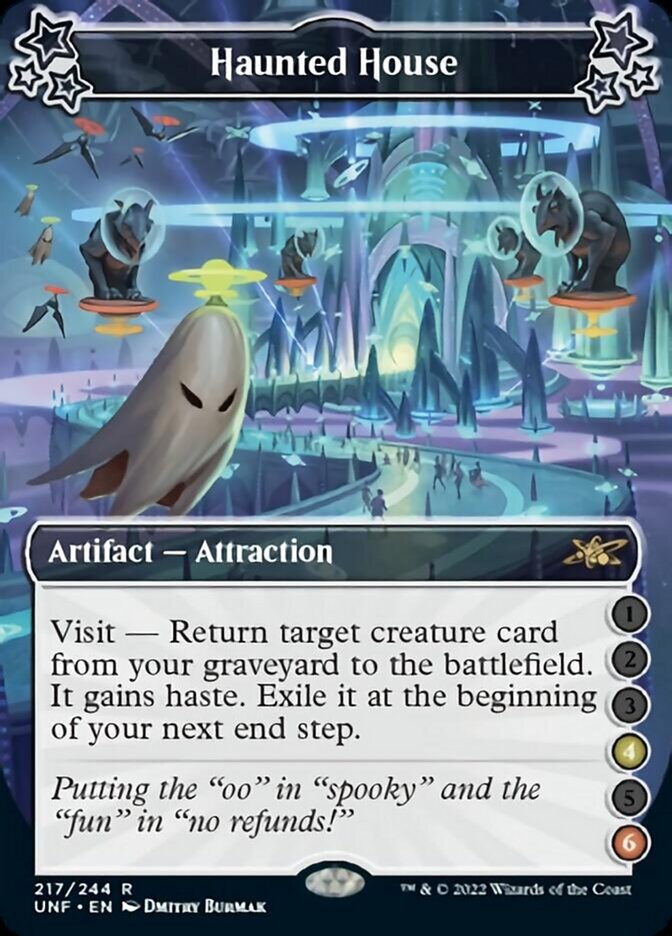
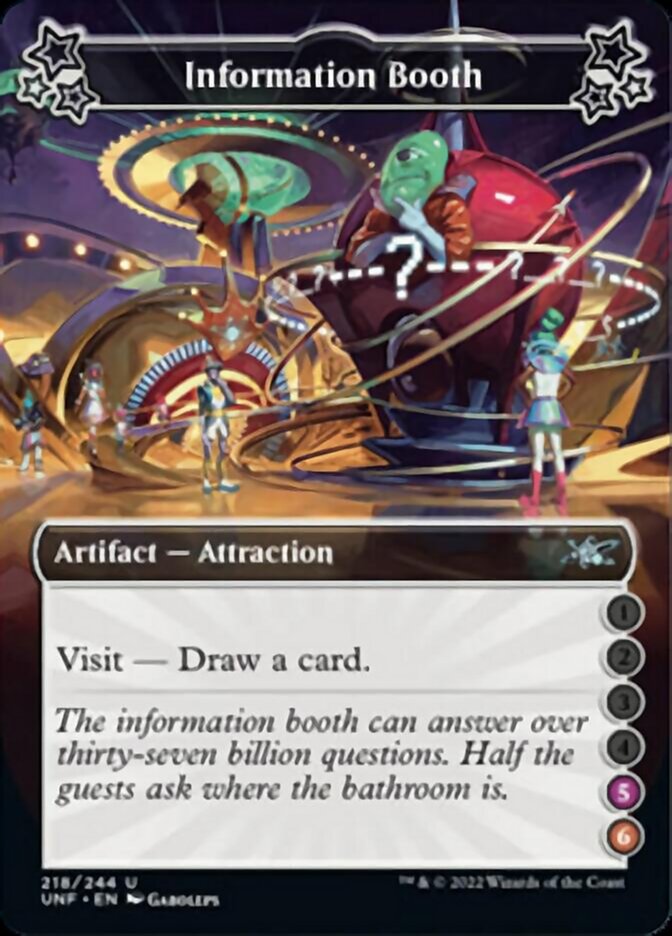

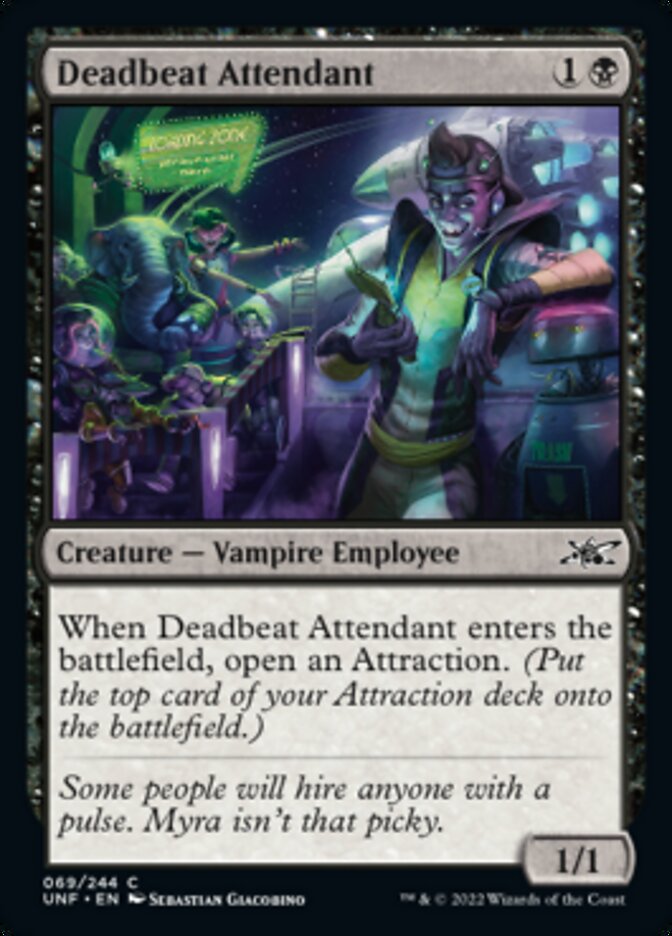
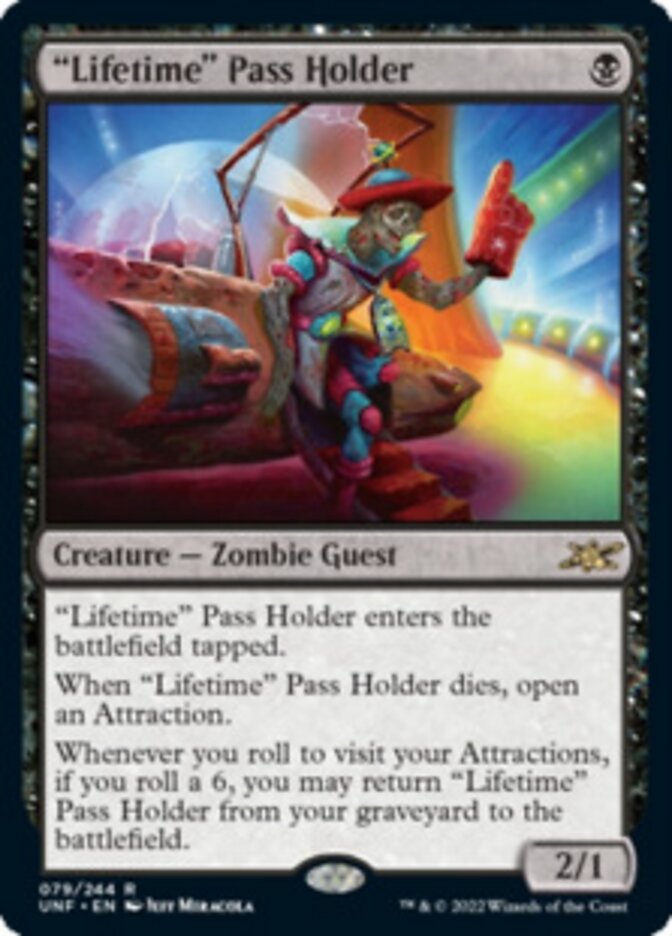
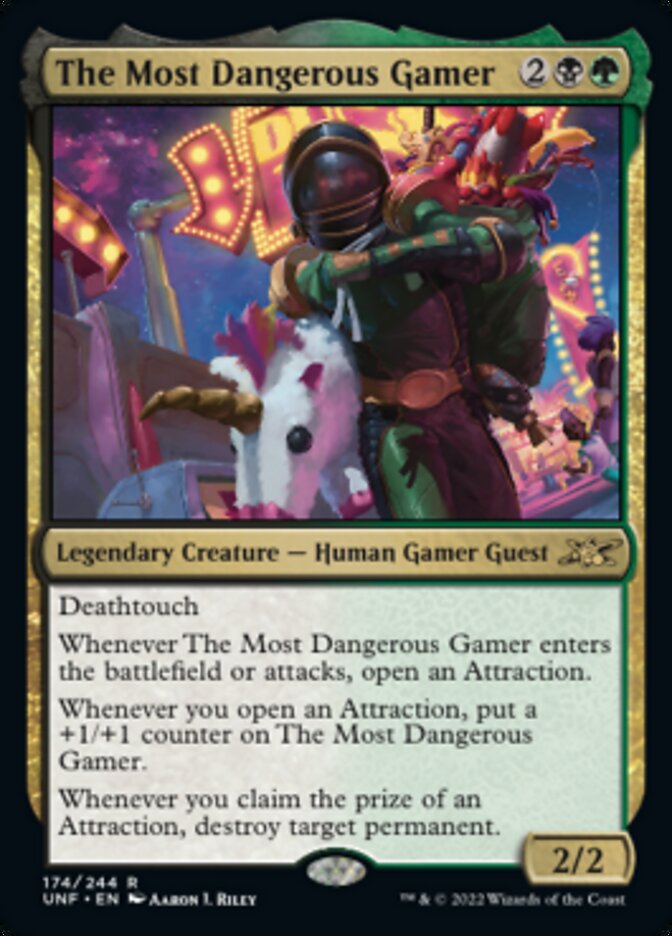
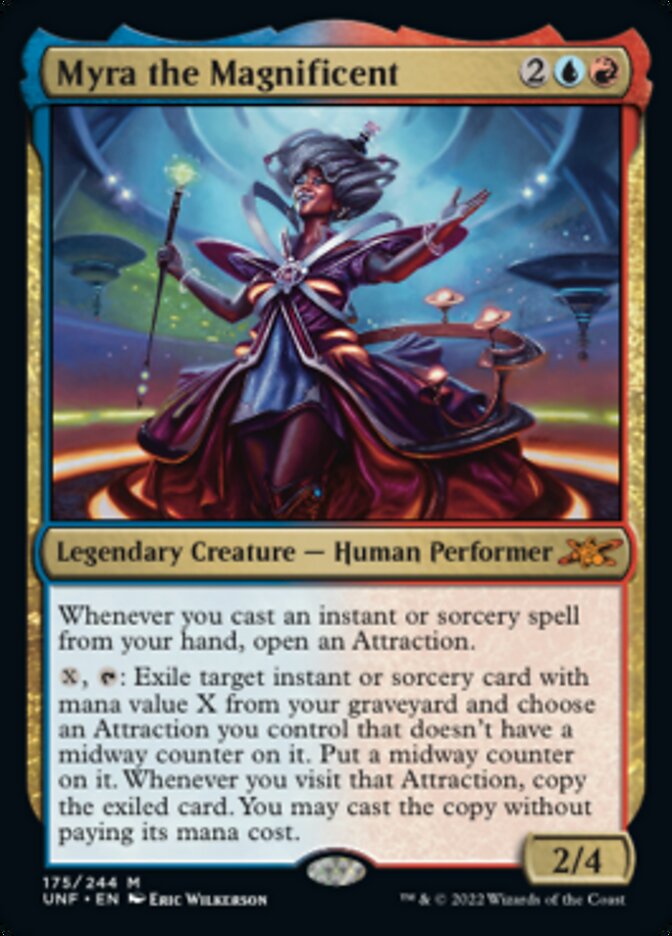

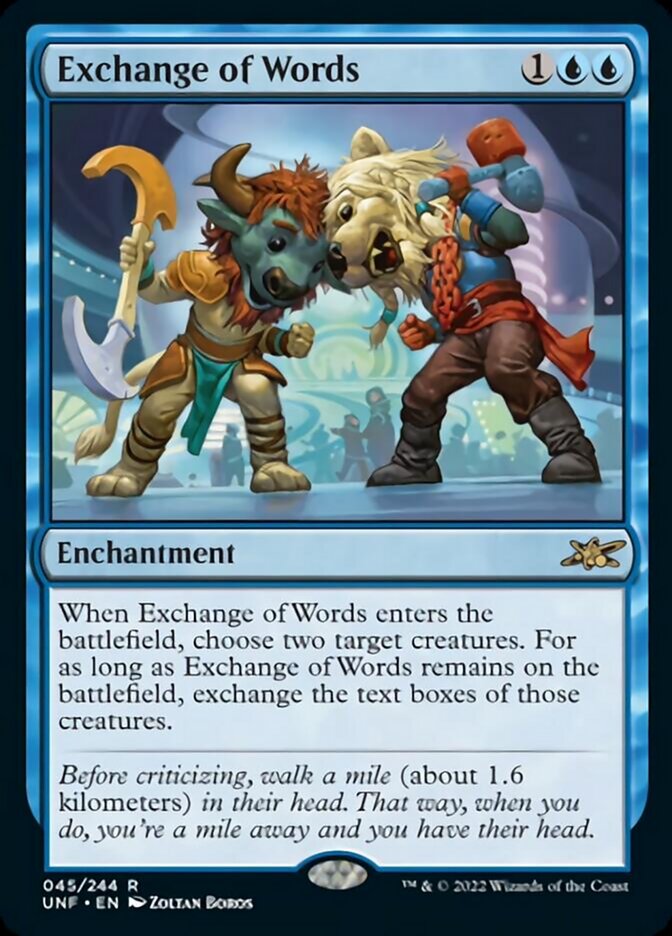
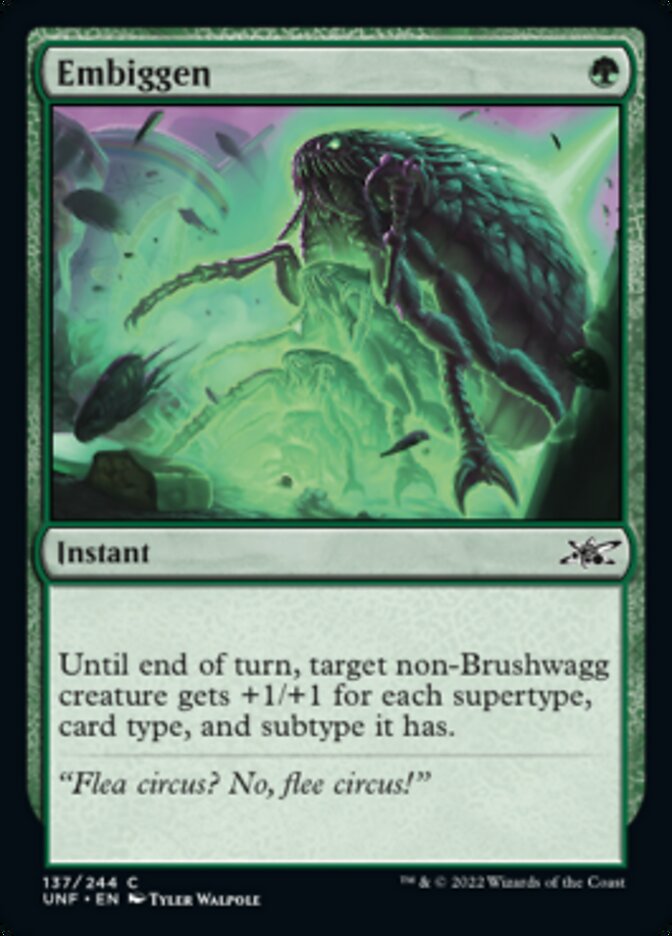
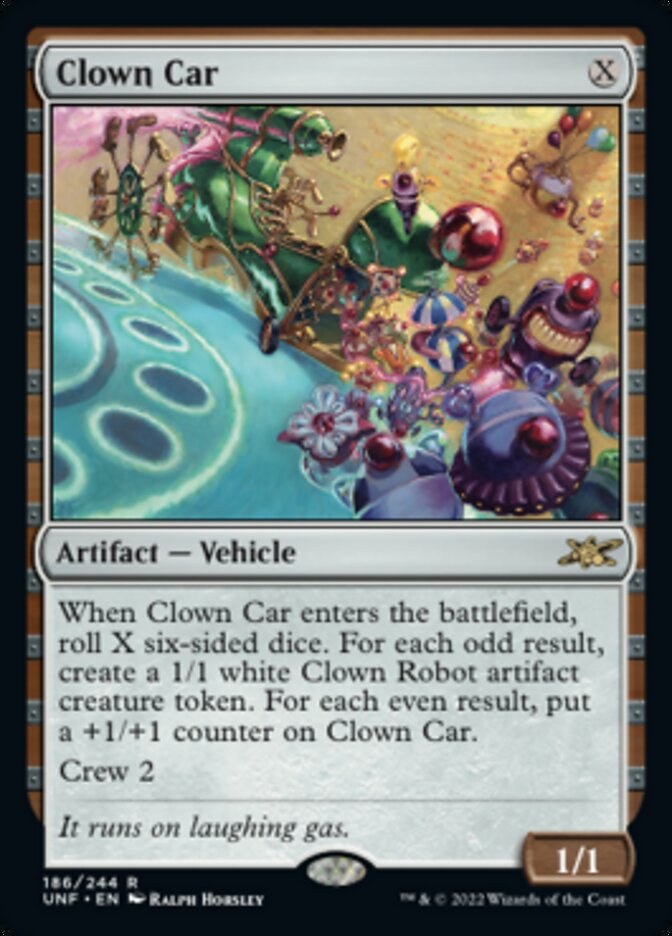
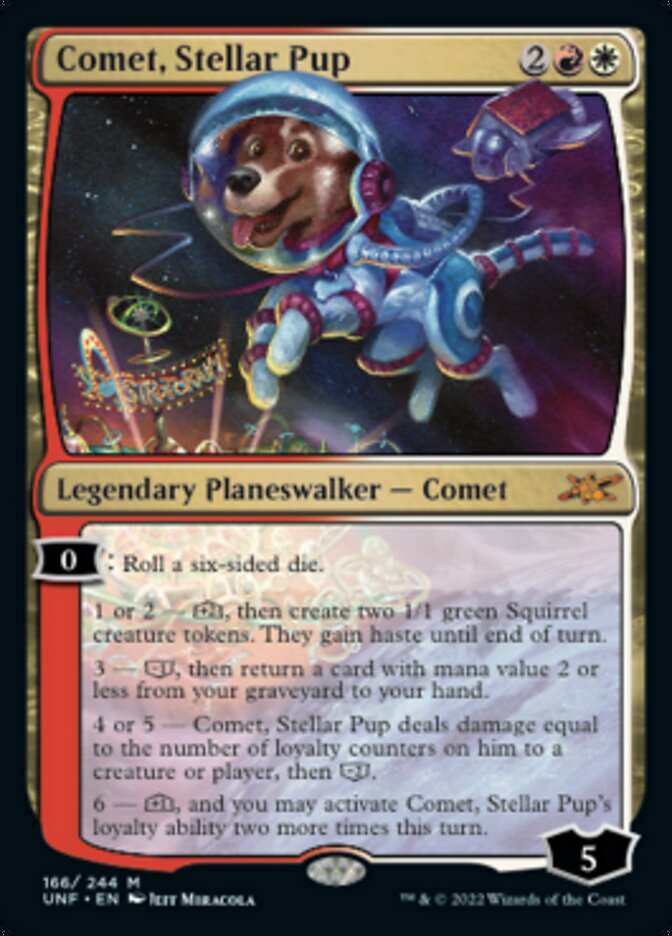
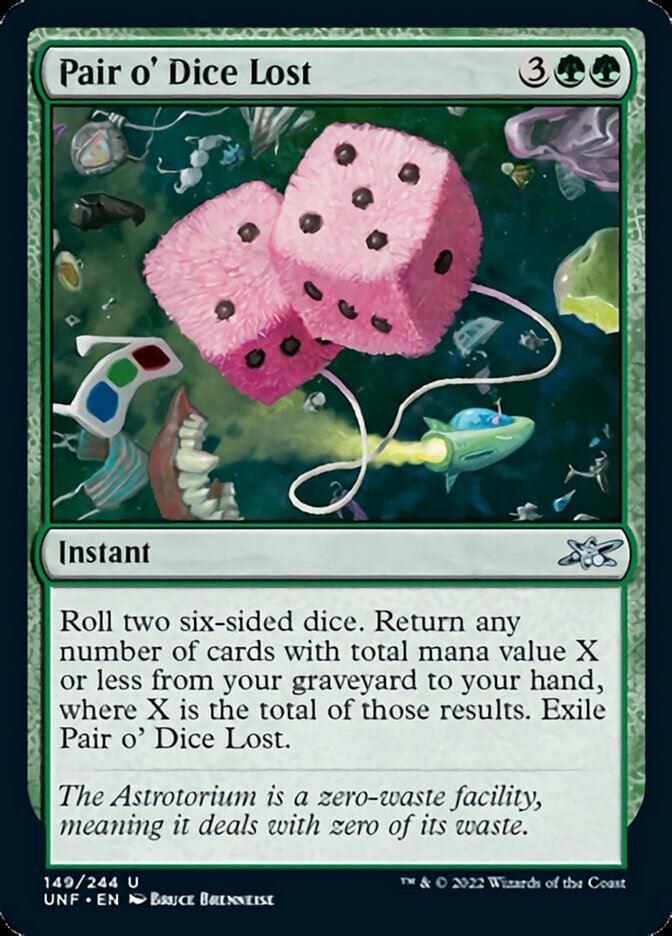


Minor note: Comet can pick up any 2 cmc or less card from the graveyard not just permanents, so it could easily be an EI or something more impactful than a land.